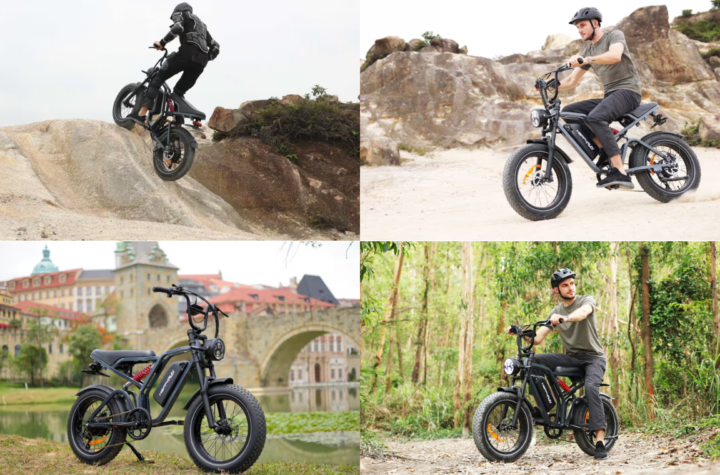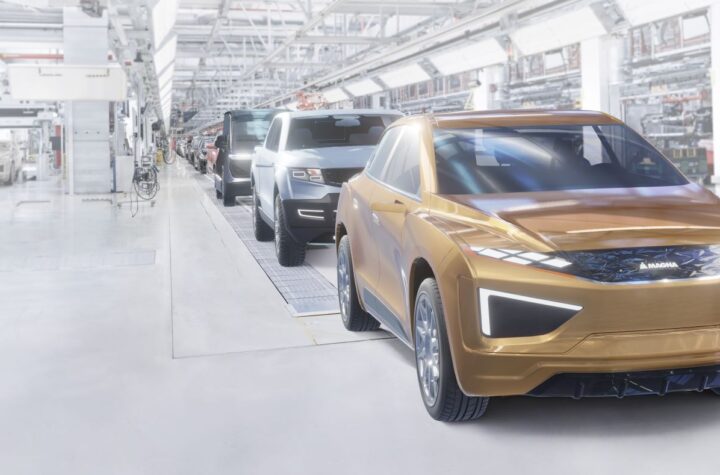
Japanese automakers use high strength steel and new crash technology to make small cars safer.
With the September launch of the remodeled Life mini-wagon, Honda unveiled its new body frame which is designed to provide greater safety in collisions with larger vehicles.
 |
| Honda’s G-Control collision safety technology utilizes the engine compartment to absorb and disperse collision energy over a larger area. |
In a frontal crash with a 3,700-pound Honda Legend, the 660-cc Life, weighing half as much at 1,870 pounds, achieves 50 percent better energy absorption in the engine compartment which, in turn, reduces passenger compartment load by around 30 percent. Following the Life launch, Honda adopted the technology for the remodeled Odyssey passenger van which went on sale in Japan from October, [The Japanese Odyssey is slightly smaller than the U.S. model.]
Tomiji Sugimoto, senior chief engineer at Honda R&D Co. and Honda’s top safety executive, says the new body frame will be introduced with each new model launch henceforth. According to Sugimoto, the 3,565-pound Odyssey can withstand 34 mph (55 kph) fullfrontal, 40 mph (64 kph) front-offset, 34 mph (55 kph) and 31 mph (50 kph) rear collisions. To reduce body weight, the automaker switched to 80-kg/cm2 high-tensile steel for key frame components.
Meanwhile, five of 12 models to achieve the National Highway Traffic Administration’s ‘5- Star’ NCAP rating for both front and rear seats in the 2003 model year were Hondas. These include the Accord Coupe, Pilot, Odyssey, CRV and Civic Coupe.
Despite its many high marks, Honda is not alone in the pursuit of safety. Among its domestic rivals:
- The remodeled Crown, due out in December, will be the first sedan in Toyota’s lineup to adopt a second generation of the automaker’s GOA body structure. Standing for ‘global outstanding assessment’, the new GOA structure employs an impact absorbing wave structure hood to mitigate pedestration injury.
- Nissan, which introduced its ‘zone body’ structure in 1996, strives to improve energy absorption with each model change. In 2002, the Skyline and Stagea received ‘6- Star’ ratings in Japan’s New Car Assessment Program; the March and Cube, both B-segment models, earned ‘5-Star’ evaluations. Overseas, the Infiniti Q45 and Z35 received ‘Best Pick’ ratings in Insurance Institute for Highway Safety’s offset crash test.
- Mazda estimates that 45 percent of body shell components on the new Axela sedan are made of high-tensile steel (30-kg-cm2 and higher) while 10 percent is 60 kg-cm2.
- Mitsubishi’s latest body technology is featured on the i concept car which debuted at the Frankfurt Motor Show in September.
Against this backdrop, the current phase of Japan’s Advanced Safety Vehicle project (ASV-3) is focused on developing preventive or pre-crash safety technologies as researchers found that more than twothirds of serious accidents are caused by drivers reacting slowly or failing to react at all to possible collisions.
Key systems targeted by the Ministry of Infrastructure, Land and Transport project include adaptive cruise control, lane-keeping support, automatic braking, doze-alert warning, rear-lateral- and lateral-collision avoidance, curve-overshooting prevention, emergency- braking advisory, night-time forward pedestrian warning, and two-wheel vehicle presence warning.
Ultimately, the ministry hopes to reduce traffic fatalities and serious accidents by 50 percent over a 20-year period from 1995 to 2015. ASV-3 systems currently on the market include an optional ‘pre-crash brake assist’ system on the Harrier (LX430 overseas) and Celsior in Japan; brake-operated, pre crash seatbelts, intelligent brake-assist and adaptive front-lighting, all optional on Nissan’s Cima since August; electronic-pretensioner seatbelts and collision mitigation brake system, available on Honda’s domestic Odyssey since September.
This article was provided exclusively to Automotive Industries by J•REPORTS, a new information service offering in-depth coverage of automotive technology based in Tokyo. For additional information about this and other studies and prices, contact JRepts@aol.com.













More Stories
From Gasoline Powered Cars To Electric Vehicles | Electric Moped Bike A Best Alternative
Rubbernecking: A Silly Reason for Car Accidents
Flexible Magna Manufacturing Solutions: The Key to Success in the Automotive Industry